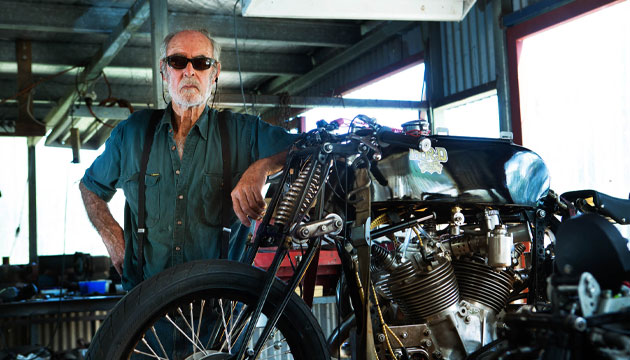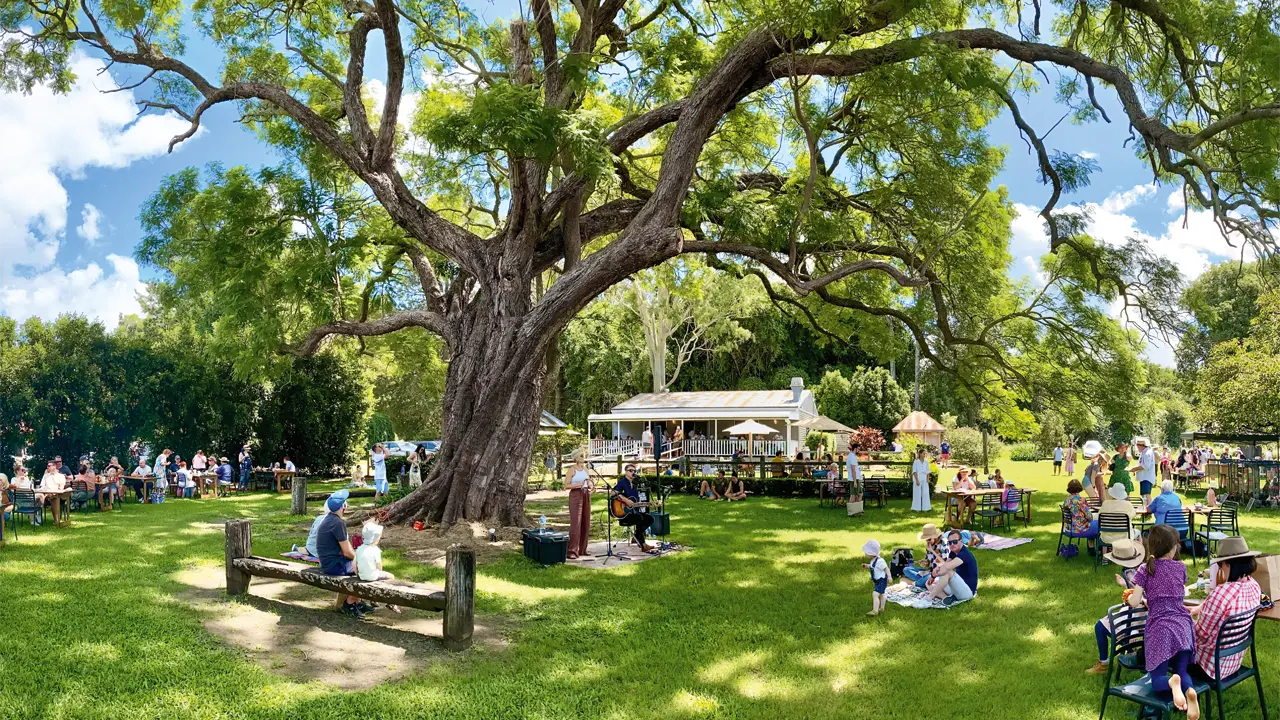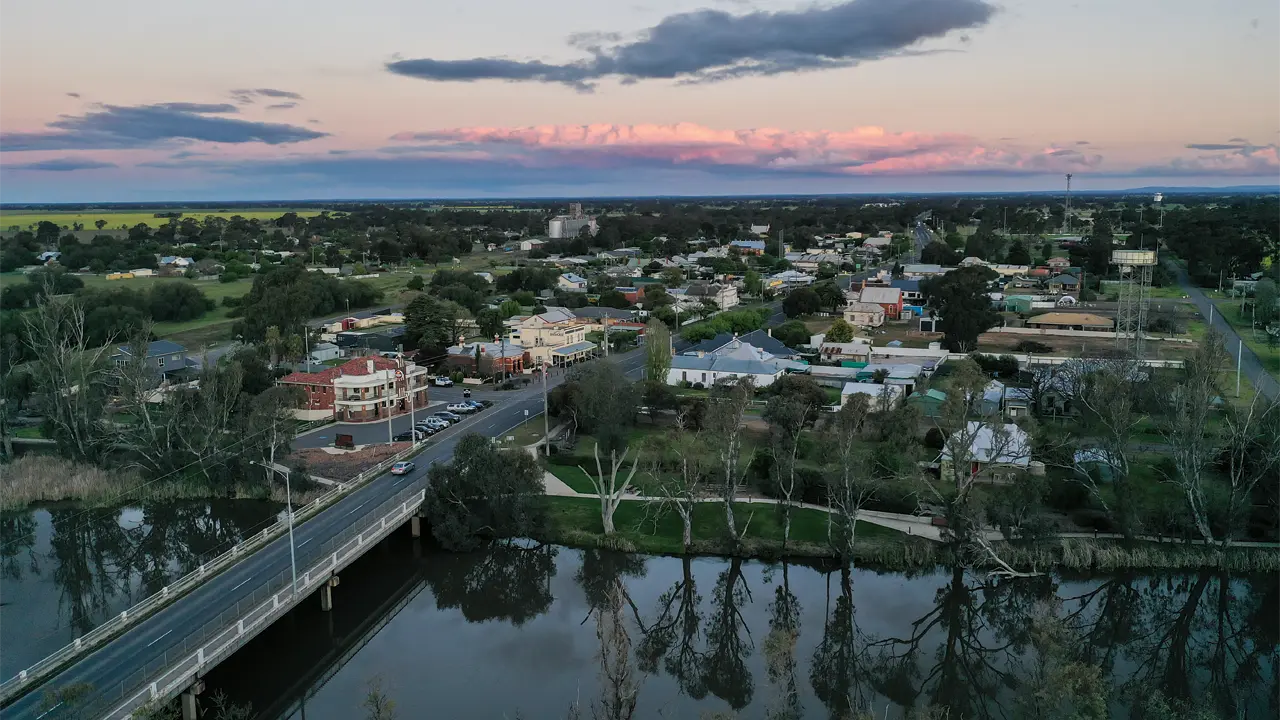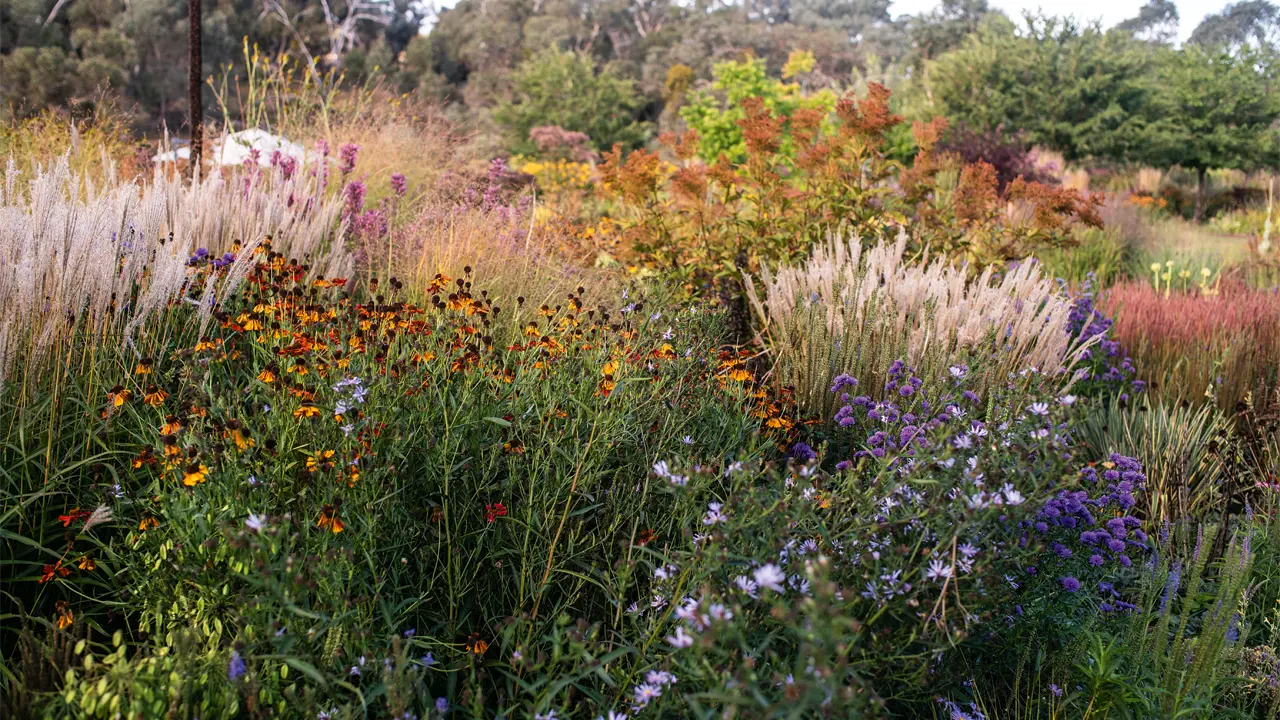Kal Carrick’s ‘bionic arm’ invention meant hundreds of thousands of huge animals could be safely mustered on the Top End floodplain.
Story + Photos David Hancock
A masterful mechanic and skilled bush engineer, Kal Carrick found innovative ways to handle uncontrollable livestock when he lived in northern Australia. Today, he leads a quieter life in south-eastern Queensland rebuilding vintage motorbikes and operating a grazing property with his wife Rae, close to the shores of Somerset Dam.
Even though he left the Top End more than a decade ago, Kal’s greatest legacy, known as a ‘bionic arm’, is still widely used on pastoral stations, in national parks and bush camps by cattlemen and musterers who deal with feral animals and errant livestock. His invention has been credited with saving lives and has made the handling of large animals easier and more humane.
Geoffrey Beere, a north Australian animal welfare consultant with more than 25 years experience with Meat and Livestock Australia (MLA) in live export of cattle and sheep, says the Kal Carrick Bionic Arm – a mechanical arm mounted to the front of a 4x4 Toyota – met the needs of men chasing wild buffalo for the export game meat and pet meat markets in the 1970s. “Various methods were tried to capture animals alive for loading out to mobile abattoirs,” he says. “People were lassoing animals from bull catchers, as well as bowling the animals over with large bull bars, putting at risk both animal and human.”
This story excerpt is from Issue #125
Outback Magazine: June/July 2019










